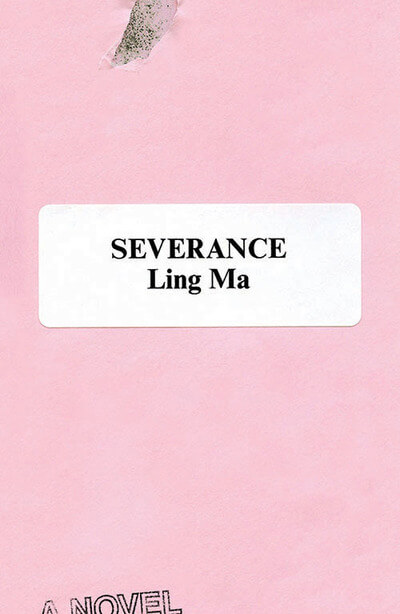Where do your ideas come from? It’s a rather boring, frequently asked question of writers. But what if a debut author actually tries to track down where their book first began to sprout? Sally Rooney attempts to find the original seed of Conversations with Friends.
I don’t remember how I came by the idea for my book. Digital evidence suggests it happened on October 27, 2014: the date I created a Pages file titled “Melissa,” a short story idea that would later develop into my debut novel, Conversations with Friends. The basic premise of the book has survived intact since that early draft: Two college students, Frances the narrator and Bobbi her ex-girlfriend, become entangled in the lives of a charismatic married couple, Melissa and Nick. Did something happen on October 27 to trigger the idea in my mind? Something I read, watched or noticed?
Without the aid of the internet, I would remember almost nothing specific about that month, never mind that day. This would probably unsettle me—this sense of having no record of my own life, of allowing my days and years to slip away from me forgotten—if it were not for the vast, permanent internet, acting as a kind of external hard drive to my own consciousness. A few quick searches through my Gmail account produce considerable amounts of information about October 27, 2014, and the days and weeks preceding it: the assigned reading on my Master’s program, the friends I was most frequently in touch with, reminders from my counseling service not to miss an appointment. A strange, disjointed portrait of someone I no longer fully recognize.
The only emails I received on the day in question were newsletters. One of them, from which I’ve since unsubscribed, consisted that day of the famous packing list from Joan Didion’s The White Album—a list of items Didion drew up and taped inside her closet door, allowing her to pack quickly for her frequent travel as a journalist. The list is iconically, almost exaggeratedly glamorous, including items like “bourbon” and “mohair throw” but neglecting, for example, clean underwear. Did some of this aesthetic performance, and my own ambivalent response to it, sneak its way into the opening pages of Conversations with Friends, in which Frances coldly notices Melissa’s “hairbrush” and “open tube of lipstick” in the hallway of her home?
More strangely, I discover an email sent to the editor of Stonecutter, a magazine in New York, on October 25—two days before I began work on the novel. In it, I discuss the idea of writing a critical essay about monogamy. Though I couldn’t have known it at the time, I was about to begin writing a book in which the exploration of monogamy plays a significant role. Do I remember writing that email? Sure, kind of—but I could have sworn, and would have, that I had written it much later, when the book was already well underway, or even finished.
To discover that the thematic concerns of the novel were on my mind before I started writing it—that I even considered writing a critical essay on the same subject instead—is genuinely weird for me. I believed, and have even stated in interviews, that those concerns developed organically from the characters. That made sense to me as an account of my book’s development, and even my own development as a writer: Characters and situations come first, intellectual concerns much later. Now, thanks to the search functionality of my email account, I’m forced to admit I may not really understand much about my writing process at all.
Author photo credit Jonny L Davies.















 2015 BookPage Summer Reads
2015 BookPage Summer Reads










